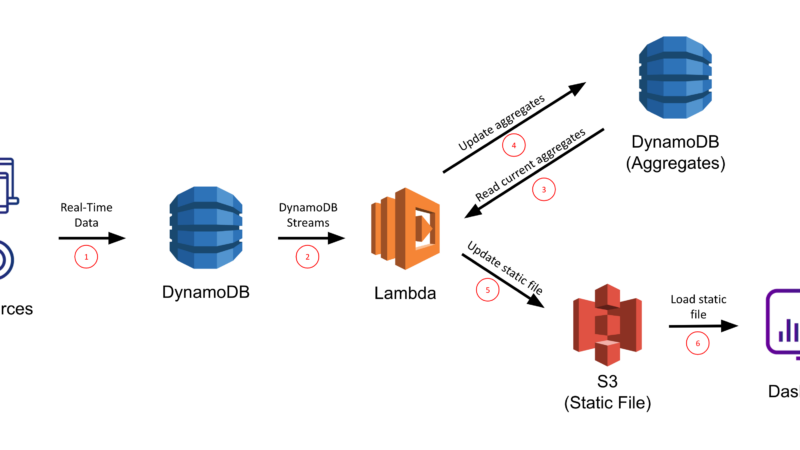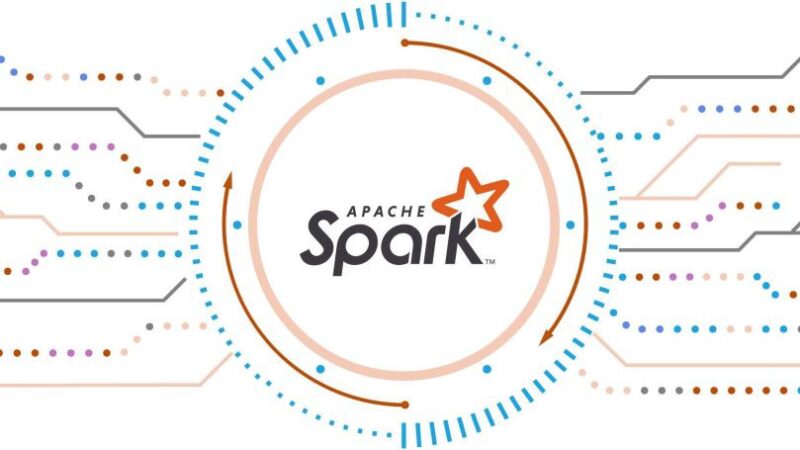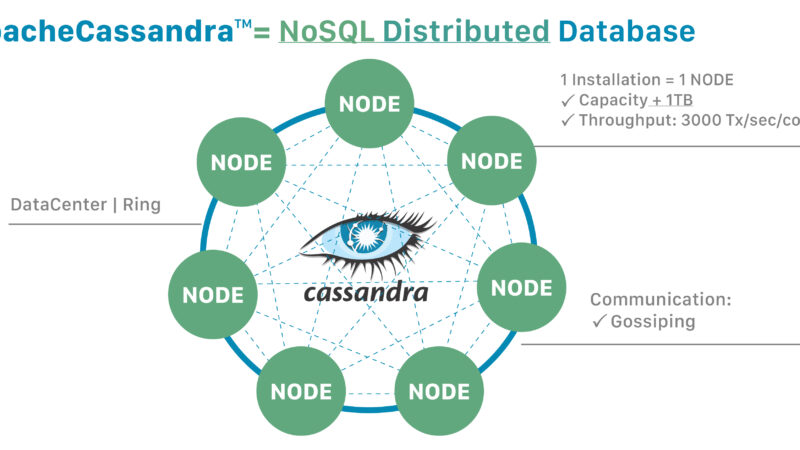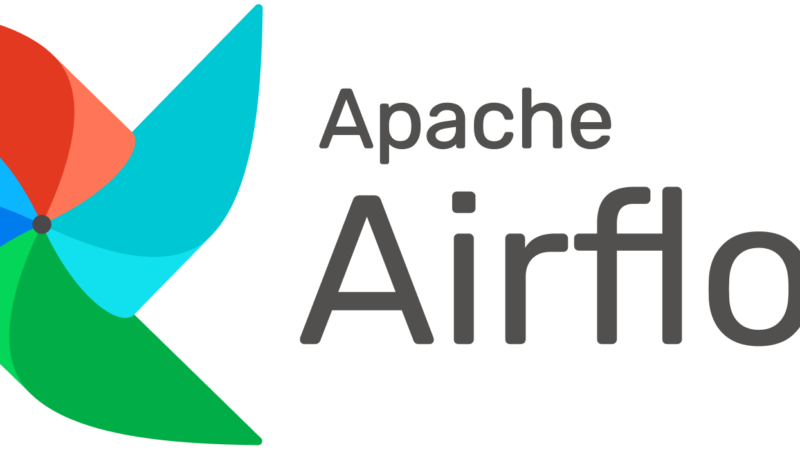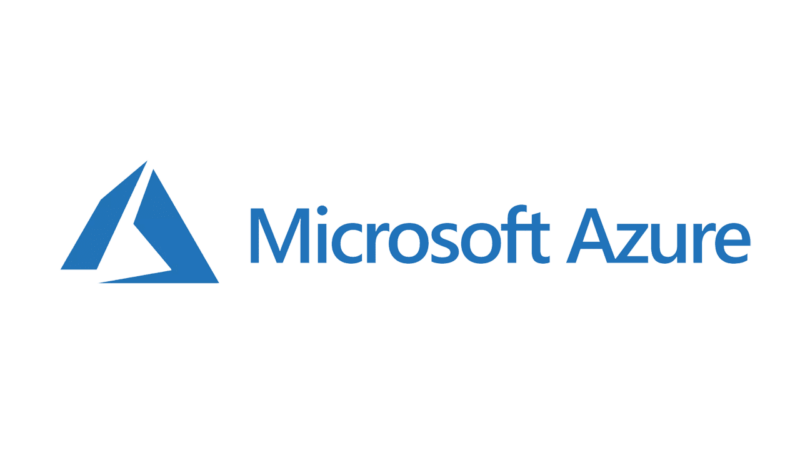Best flutter interview questions for experienced candidates
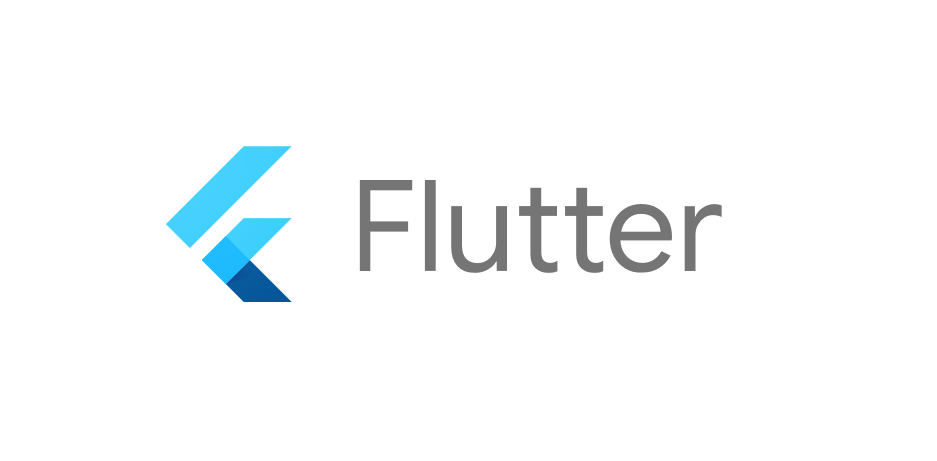
As you attend that flutter interview, it would be suicidal to expect simple questions. If they are looking for experienced candidates, it is not an entry job, so the interview won’t be simple either. You will need to convince the panel that you are not only right for the job but also the best among all the candidates. One way of achieving that is by answering the interview questions as expected. Knowing the questions to expect and how to respond will guarantee you the good impression you want to show the panelist. You need to know the best flutter interview questions for experienced candidates. So, please keep reading to know them and increase your chances of getting that job.
Explain a flutter SDK
First of all, SDK stands for Software Development Kit. In the flutter context, developers use the SDK to build web-based or mobile applications. However, unlike other platforms, the applications can run on a desktop, mobile, and web using the same codebase. Besides that, a flutter SDK has other features, including the following;
- It is a Dart SDK
- Its tools can compile Native Machne code, including Android and iOS code
- It is also possible to connect your system with other third-party SDKs thanks to its plugin APIs and their interop counterparts
- The Dary DevTools support testing, debugging, and profiling an application
- It is easy to test and integrate since the SDK has APIs, a rendering engine, and widgets, to mention a few
- Its framework has a modern style similar to the React one
- Thanks to its headless test runner, one can run tests on Mac, Windows, and Linux
- Ideal for developing, building, testing, and compiling apps across platforms
Which types of testing would you apply when testing a Widget?
Thanks to Flutter, I will have 3 options which are;
- Unit test: This testing applies to methods or classes. Its focus isn’t on how users interact with the applications or how it interacts with other external services. Don’t expect it to test how an app renders to the screen.
- Widget test: As its name suggests, it tests a particular widget. Its focus is usually on how appropriate the widgets respond to events. Additionally, it ensures that the user interface isn’t different from the developer’s intentions. Besides the design, it also ensures that your widget renders and interacts with the other widgets as it should.
- Integration test: This testing is wholesome and thus tests the flows of every aspect of your app. It tests whether the services and the widgets are working perfectly. Equally important, it helps you determine the app’s performance.
Discuss the commonly used database packages in Flutter
To begin with, they are only two, namely;
- Firebase database
- SQFlite database
They are similar and different in the following ways;
Firebase database: In this case, the user will access and control a cloud database. Firebase provides the Flutter apps with a NoSQL database, and data management, retrieval, and storage are usually through JSON. It is an ideal option for Flutter apps since it loads quickly and supports data sync. It has several features, such as;
- Storage
- Analytics
- Authentication
- APIs but only the Rest API
- It is a NoSQL database
SQLite database: It applies when the users will be accessing and modifying an SQLite database. One is at liberty to do anything with this database due to full control over it. Options include queries and relationships. Their features include;
- Using a single database file
- Compactness
- Open-source
- No need to configure anything
- Serverless
What’s the difference between Hot reload and Hot restart
Executing your dart application for the first time usually takes a considerable amount of time. Fortunately, Flutter ensures that the wait won’t be that long through these two features, hot reload and hot restart.
- Hot Reload: It is an effective Futter function that only takes about a second to work. The function makes adding features, creating user interfaces, making changes, and fixing bugs easy and quick. It allows the compilation of a new code and sending it to the DVM (Dart Virtual Machine) relatively quickly. It will update the application’s user interface shortly after the completion of the DVM update. This feature also ensures that the preserved state isn’t destroyed.
- Hot Restart: Unlike the above feature, this functionality leads to the destruction of the preserved states of an application. Your code compilation will also begin from the beginning, leading to the application taking longer to start than in the case of a hot reload. However, as long as it takes, it is still shorter than in the case of a full restart.
Which are the different types of streams in Flutter Dart?
First, streams refer to a program’s asynchronous sequence of data events in asynchronous programming. The responsibility of creating new streams or managing the existing ones lies on the SteamController. There are various ways of creating streams, but they are used the same way as follows;
Future<int> sumStream(Stream<int> stream) async {
var sum = 0;
await for (var value in stream) {
sum += value;
}
return sum;
}
That said and done, there are two categories of streams which are;
- Single subscription stream: The sequences are part of a large unit. Besides, you can only have one listener in the entire sequence, and an event can’t be triggered without a listener.
- Broadcast stream: Due to the versatility of broadcast streams, you can use more than one listener simultaneously. Besides, canceling a prior subscription can’t stop you from listening again if you deem it fit.
Tell us more about state management
In stateful widgets, a state refers to local data held by a widget to ensure that it responds to dynamic contexts such as interactive input. On the other hand, states in the whole application context refer to what’s held in its memory when running. These states can be classified into two categories as follows;
- Ephemeral state: It refers to the user interface state. The state is contained in a particular widget, also known as a local state.
- App State: On the other hand, these states cut across different application parts. Excellent examples of such states include login info, user preferences, and shopping carts.
It is important to note that it can be hard to differentiate between ephemeral and app states since their flows often intertwine. We also have different approaches to managing these states, including;
- setState
- InheritedWidget
- Redux
- Riverpod
- MobX
- BLoC
- Provider
Here’s a discussion of some of these popular state management approaches
- Redux: The state management approach is suitable when dealing with large and complex apps. It is a common practice among web developers, and those who have used it to develop web-based applications find it easy to adopt the state management technique in Flutter.
- setState: It is ideal for managing a widget-specific or ephemeral state. Due to its simplicity, it is highly recommended when managing such states.
- InheritedWidget: This management approach is best if you have to transmit data between parents and children.
Define BuildContext
BuildContext is an argument that defines a corresponding function during the creation of widgets, usually through a build method, which defines a widget’s context especially when custom-built. Every widget has its BuildContext to reference its location in the widget tree. Its main role is to interact with the parents of the widget. It is also ideal for ease of data access within the widget.
What’s the importance of keys?
They are classes comprising a set of identifiers for SemanticNodes, Elements, and Widgets. Their role is to preserve the widgets’ states despite any modification within their tree. Keys also come in handy when modifying and reorganizing a collection of widgets as long as they have similar types and states. In some instances, the keys may lack any importance in your code but still lack any negative impact on the app. For instance, keys may be unnecessary if the widget tree only has stateless widgets. On the other hand, their importance is indispensable when modifying a widget tree containing stateful widgets.
Do Flutter and Dart have drawbacks?
Given how Flutter has already proven to be an amazing platform when developing mobile applications, developers hardly pose to consider its shortcomings. Yes, they exist, and it is important to know them before choosing the platform for app development.
For instance, it is not as established as its counterparts, such as React Native, Xamarin, and native technology. That’s understandable since its release happened several years ago, in 2018. Therefore, it would be unreasonable to expect its library support to be as rich as those other platforms.
That’s said and done; it has been evolving rapidly, so it stands a chance to catch up. As much as that’s a good thing, maintaining its code is quite tricky. After all, changes keep happening, and you must implement them as soon as they happen. As a developer, you must be willing to keep up with the changes if you want to use the platform.
There’s also the storage issue, especially if you compare its apps with those built with other platforms. For instance, the minimum storage that a Flutter application can occupy is around 4 MB. However, that space is usually as low as 539 kb when built using Native Java. Due to the large apps, flutter app users experience storage space problems, and the user experience can be unfriendly.
Discuss the various build modes in Flutter
They are 3, and here’s a discussion.
- Debug mode: It is applicable during the development phase to help developers identify and remove any potential or existing bugs. One can do that in real-time in Flutter thanks to its hot reload function. You won’t have to restart it after making changes for it to reflect.
- Release mode: Unlike the debug mode, release mode applies after the completion of the development phase. At this stage, the app is usually ready for deployment. If it is ready, then it must be bug-free, and since that’s the assumption, developers have to disable debugging to use this mode. It leads to fast execution by optimizing compilation.
- Profile mode: Once the development is over and the app has been deployed, profile mode comes in. It is no secret that app deployment doesn’t mark the end of its development. The debugging function is important when applying this mode. You can utilize it when measuring the performance of a released app in real time.
Differentiate SizedBox from Container in Flutter
- SizedBox: It is a flutter widget with a specified size. However, one can’t set any decoration or color on it. It must have a particular width or height if you want to use it with a child widget.
- Container: On the other hand, a Flutter container is a parent widget comprising several child widgets. Under such circumstances, managing their properties including background color, padding, height, and width, effectively become easy. You can wrap a widget that requires various background styling, including size, shape, and color, in a container to modify quickly.
Would you use Flutter Inspector?
Yes, I would since it is a powerful tool ideal for visualizing the blueprints and properties of widgets. If one uses it, they enjoy several benefits such as;
- It supports the toggle platform
- It is perfect when refreshing widgets or showing and hiding the performance overlay
- The tool also debugs paints and shows paint baselines
- It is suitable for selecting a widget mode in the corresponding widget tree
Tell us how to make an HTTP request when using Flutter
HTTP package comes in handy when making an HTTP request, and one imports it as follows; ‘package:http/http.dart’ as http.
List some popular applications that use Flutter
The list is quite long, including;
- Birch Finance
- Tencent
- Alibaba
- Google Ads
- Reflectly
- Watermaniac
- Coach Yourself
Flutter is built in which technology?
It uses;
- C
- C++
- Skia
List common editors when creating Flutter applications
They include;
- Emacs
- Vim
- Eclipse
- IntelliJ IDEA
- Xcode
- Android Studio
- Visual Studio
What’s the requirement when executing code in debug mode?
The developer has to import the dart foundation as follows;
import ‘package:flutter/foundation.dart’ as Foundation;
The next step is to use kReleaseMode as follows:
if (Foundation.kReleaseMode){ // is Release Mode??
print(‘release mode’);
} else {
print(‘debug mode’);
}
